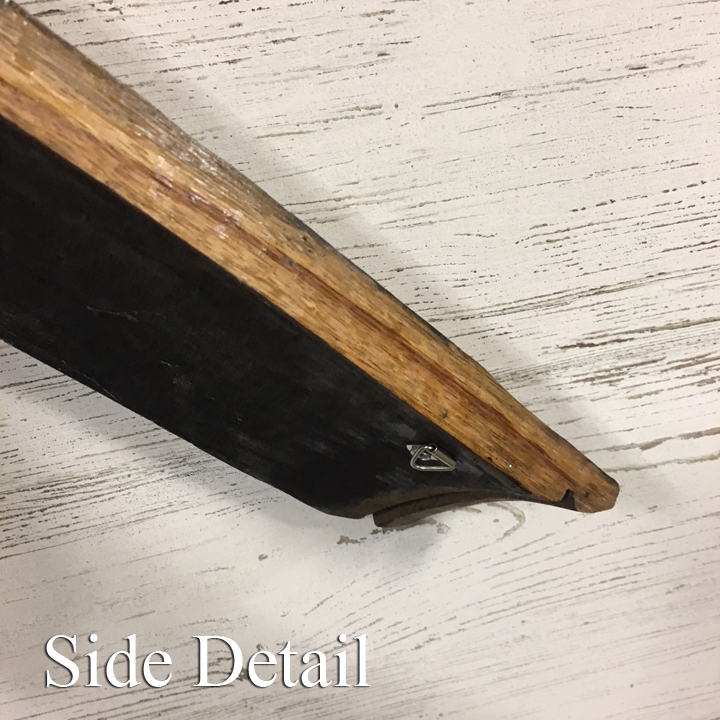You are using an out of date browser. It may not display this or other websites correctly.
You should upgrade or use an alternative browser.
You should upgrade or use an alternative browser.
Last person to post wins
- Thread starter Magolor04726
- Start date
More options
Who Replied?Fraxinus
chunky plant goop
my brain is so high on splatoon right now i was thinking about how much ink the spinner would kick up
Chevywolf:30
The one and only.
Tryna find the "what your favorite Zelda game says about you" video that said you're really into beyblades for TP but can't </3
Fraxinus
chunky plant goop
is that the mv perry one
Fraxinus
chunky plant goop
bug hands


Chevywolf:30
The one and only.
Still looking for particular whiskies to add to my collection. First one is Bruichladdich Classic Laddie, and Hibiki Harmony.
We'll see what happens when I go to see Maiden on September 19th.
We'll see what happens when I go to see Maiden on September 19th.
Chevywolf:30
The one and only.
Do you drink alcohols in a collection or nah
For alcohol, I actually don't drink that much, really. If I'm drinking whisk(e)y, if I really like that particular whisk(e)y, I'll have one more dram in one night, which amounts to total, 4 oz. of alcohol on a full stomach and with some water. And that's my personal cutoff.Do you drink alcohols in a collection or nah
But that's not to say I don't like whisk(e)y, I do, and I like to try different ones. I just appreciate it for the flavor, smell, and experience. And ya know, you like to try different things, see what's what.

Chevywolf:30
The one and only.
So they do get used, but they spend a good bit of time just looking pretty on a shelf as well
Yep. I don't think too much about it. Whisk(e)y doesn't really spoil, so it's not like it matters that it stays there for a while until another dram is poured, lol.So they do get used, but they spend a good bit of time just looking pretty on a shelf as well
But yeah, no, I don't down them too quick, with hard liquor that's how it burns you more because you're evaporating more alcohol than you can really tolerate.
When drinking hard liquor neat, sip it like fresh hot coffee. That way, the alcohol burn is more of a pleasant, slow burn.

Chevywolf:30
The one and only.
Would it not ferment and become even more alcoholic over time? Or does a glass bottle not give the right conditions?
Okay, gonna go all nerdy here, lol.Would it not ferment and become even more alcoholic over time? Or does a glass bottle not give the right conditions?
When making whisk(e)y specifically, it must be made from grains, and the basic process goes like this:
- Harvest the grain.
- If you need to, malt and boil the grain to get it to release its sugars.
- Ferment the sugars released by the grain to create wash, or distiller's beer.
- Distill the wash or distiller's beer using whatever still you want, and however many times you find you need to.
- Put it in a barrel of some kind and let it age for 3 years or so.

During the hotter parts of the year, the whisk(e)y warms up and expands, which pushes the whisk(e)y further into the barrel. If you've ever seen a used whisk(e)y barrel stave, you saw a line going down the stave.

That's how far the whisk(e)y is penetrating into the barrel.
During the cooler parts of the year, the temperature and pressure drops, essentially forcing the whisk(e)y out, bringing along any flavor components as a result of the whisk(e)y breaking down the lignins in the wood of the barrel.
Now, as you can imagine, this can drastically affect the final flavor of the whisk(e)y, and temperature and climate also influences how quickly this happens, as well as the size of the barrel plays a role too.
Generally, in hotter climates, like say Texas and Kentucky, it's essentially getting forced into the barrel more, and since the law specifies that bourbon must be aged in new, charred oak, that type of barrel also tends to have more of a flavor impact. That's why some bourbons, in my opinion, can be overaged.
But with scotch, they also use used oak, and mostly it's ex-bourbon barrels, but in the Speyside region of Scotland, they tend to use old port, wine, and sherry barrels, which is why Speyside scotches tend to be more sweet and fruity in flavor.
Now this doesn't work with glass, because whisk(e)y can't penetrate into glass.
So you can't really age whisk(e)y in a bottle. That's a thing for wine, not for whisk(e)y. Once the distillery bottles it, it's as old as it ever will be, hence why the age statement on the bottle specifies the age of the youngest barrel used when making the whisk(e)y.
But basically, if the seal on the bottle's good, and it's out of direct sunlight, it can last indefinitely.
But, what eventually happens is that if a whisk(e)y was left in open air, eventually the alcohol will just evaporate away, then it goes bad.
But as far as whisk(e)y, the minimum required ABV as per the law is 40%, which is far too high for any colonies of any microorganism to survive.

So, yeah, in the bottle, with a nice cork or screw top lid, it's fine. Just keep it out of sunlight, because sunlight can bleach the tannins in whisk(e)y, which can ruin the flavor.
Chevywolf:30
The one and only.
Ok cool, I had wondered if the barrels had anything to do with it
Some argue that they have everything to do with the flavor of whisk(e)y.Ok cool, I had wondered if the barrels had anything to do with it
It's definitely important, but the type of still used can change the flavor too, the grain used changes the flavor, and so on and so on.
Now you know why distilleries are so protective of their processes and why they do things a particular way.
Users who are viewing this thread
Total: 2 (members: 0, guests: 2)















